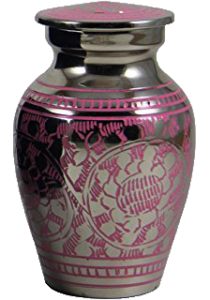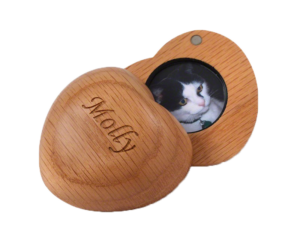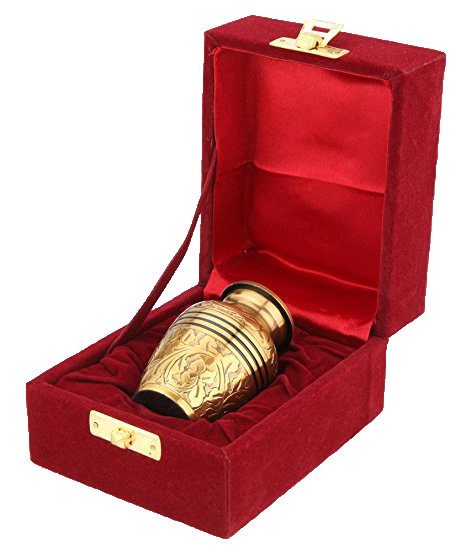After the funeral service has taken place the coffin will be cremated and sometime after, usually within a few days, the cremated remains will be ready for the next stage. You have probably already made the choice of what will happen with the cremated remains following the funeral, but in case you haven’t here are the main options available:
Retained on Temporary Deposit
Crematoria will retain cremated remains on Temporary Deposit free of charge, usually for a period of up to one month, while a decision is made about what to do with them. Retention for longer periods can often be arranged, although there is often a cost associated with this.
Scattered at the crematorium
The cremated remains will be scattered in the garden of remembrance, either with family or friends witnessing, or by the crematorium staff in private. Their location in the garden will be recorded in the crematorium’s files for future reference.
Buried in a church or cemetery
The cremated remains will be taken to a church or cemetery for burial. Again, this can be witnessed or take place in private. All cemeteries and churchyards have their own requirements for whether the cremated remains need to be in a casket, and what materials are suitable for the casket.
Scattered elsewhere
Cremated remains can be dispatched to another crematorium for scattering in their gardens with other family members. They can also be scattered in other places; at home, a favourite beauty spot, at sea, the list is as long as your imagination! If you would like advice on options, please ask one of our staff. We can provide specially designed scatter tubes to make it easy for you.
Retained by family
Many people choose to keep cremated remains at home with them, either complete in a casket, urn or other container, or just by retaining a portion with the remainder being buried or scattered elsewhere. The retained portion can be kept in a variety of ways.
Burials
While much of the information here relates to cremations, when a loved one is buried, there are obviously no cremated remains to keep and so the available options change. However, a lock of hair can be retained to place into a piece of keepsake jewellery or a heart, and a small amount of hair can be used to create a diamond.
Retained Cremated Remains
In Victorian times it was common for a lock of hair to be retained by families, which would be made into jewellery or placed in a keepsake for the family. While that can still be done, with the increased popularity of cremations, it is now more common to retain a portion of the cremated remains and place it in jewellery or a keepsake urn.
Keepsake Jewellery
We offer a range of keepsake jewellery, from our Ashes into Glass® and See You Memorial Jewellery ranges, to our Heart in Diamond™ options. You can see the range of jewellery we keep in stock in the display cabinets in the reception areas of our offices, where you will also find information on Ashes into Glass® and Heart in Diamond™, and a display showing the different diamond options available. Our staff will be pleased to discuss these options with you.
Keepsake Urns
If you simply wish to retain a portion of the cremated remains at home, a keepsake urn or casket may be more suitable. These come in a variety of designs and materials, including various stones, pewter and other metals and wood. Multiple urns can be used to distribute cremated remains among family members.
Keepsake Hearts
In addition to traditional shaped urns, we offer a selection of small heart-shaped keepsakes. These can retain a portion of the cremated remains, small trinket or jewellery, photo or locks of hair.

Fingerprints
We offer a selection of jewellery and keepsakes which are created from fingerprints taken from your loved one prior to the funeral taking place. These are all made in sterling silver and are unique to each individual.
Brochures
You can download the See You Memorial Jewellery brochure here


